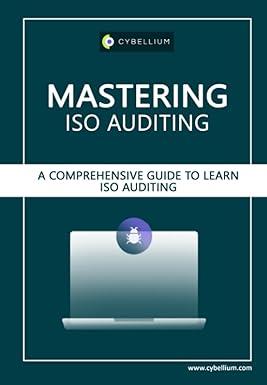Question
5. Troester Manufacturing produces products X, Y, and Z from a joint process. Each product can be processed further and sold as X-Prime, Y-Prime, and
5. Troester Manufacturing produces products X, Y, and Z from a joint process. Each product can be processed further and sold as X-Prime, Y-Prime, and Z-Prime. Information on the operations for the most recent period follows.
Required:
Determine the value of each missing item. The joint costs of $153,000 for X is the portion of the total joint cost of $306,000 that had been allocated to X.
Note: Do not round intermediate calculations.
6. Elsa Products processes Chem-Z into two products: Chem-A and Chem-B. Chem-Z costs $41,800 per batch. The joint process produces 5,000 units of Chem-A with a market value of $165,800, and 15,000 units of Chem-B with a market value of $38,150. The conversion cost of the joint process is $13,000 per batch. Elsa Products allocates joint costs using the physical quantities method. The company never holds any inventory.
Required:
- What cost (total, not unit) and profit will be reported for each product using the current method for allocating joint costs?
- If the costs of the joint process are allocated on the basis of the net realizable value of the products, what cost (total, not unit) and profit will be reported for each product?
- How much will profit at Elsa Products increase or decrease if the company switches to the net realizable value method for allocating joint process costs?
Step by Step Solution
There are 3 Steps involved in it
Step: 1

Get Instant Access to Expert-Tailored Solutions
See step-by-step solutions with expert insights and AI powered tools for academic success
Step: 2

Step: 3

Ace Your Homework with AI
Get the answers you need in no time with our AI-driven, step-by-step assistance
Get Started


